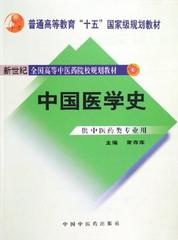 For various reasons I've limited myself to one text, mentioned in the last blog post, so this may not be representative of mainstream Chinese views. However, as it is a nationally produced textbook used in all TCM Universities in mainland China, it shouldn't be too far off either. There is only one paragraph specifically about Chinese-Vietnamese medical communication, in the subsection 'Medical communication between China and other Asian and African countries'. Let me start with that: According to Da’nan huidian, [a mid-18th century compilation of state regulations in the region now known as Vietnam], the Chinese medical texts Yixue rumen and Jingyue quanshu had entered Vietnam in the Ming and Qing period. The Vietnamese 'medical sage' Lê Hữu Trác (1720-1791), credited with a certain amount of originality and insight, combined local [medical] knowledge with Chinese medical theory in writing the 66 volume text Haishang yizong xinling quanzhi. He discovered and/or fleshed out the functions of 305 different southern medicinals, as well as collecting more than 2850 formulas as used by physicians and in folk traditions, and in doing so founded a complete system of Vietnamese medical theory, methods, formulas, and medicinals. The importation into China of locally produced precious medicinals, including xijiao (Rhinocerotis Cornu), tanxiang (Santali Albi Lignum), longnao (Borneolum), sumu (Sappan Lignum), etc, helped to enrich Chinese medical knowledge. So basically what we have here is:
Thoughts:
Unfortunately I think this is all I'll have time to look at before the talk, but I'm looking forward to what Prof Thompson adds to this!
0 Comments
Your comment will be posted after it is approved.
Leave a Reply. |
AuthorPractitioner, Translator, Teacher Archives
March 2021
Categories |
 RSS Feed
RSS Feed